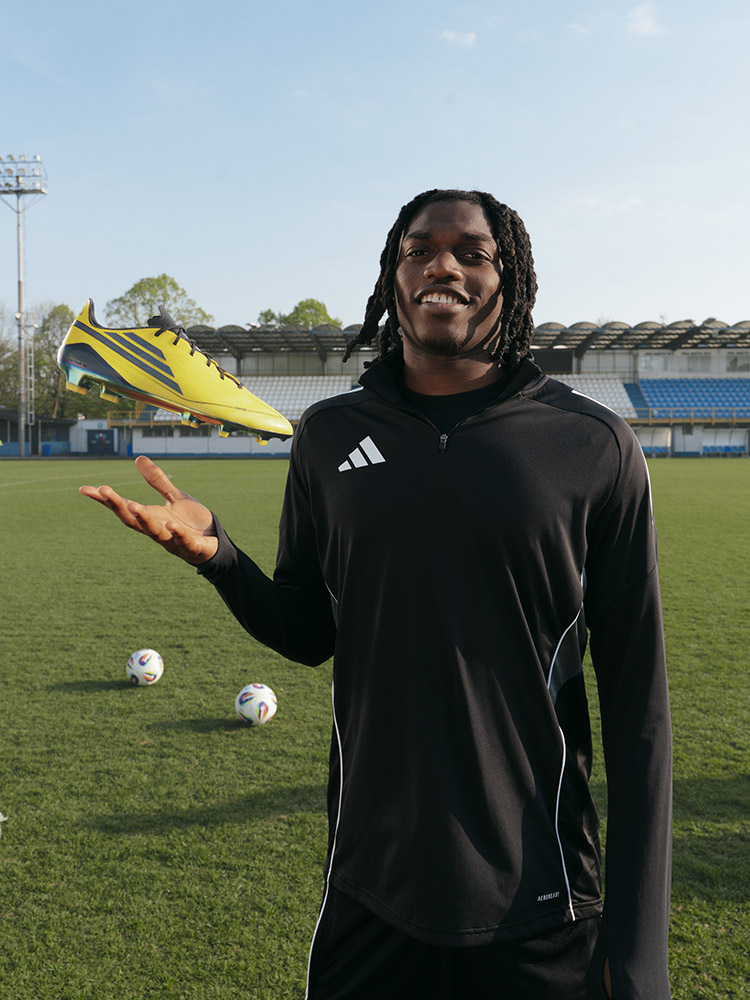The modern football landscape:
Football is a game that appeals to the emotions and it has always been about the trophies. This is particularly the case for AC Milan, that club has always been immersed in this practice. Superstars such as Paolo Maldini and Kaka, along with the present day icons, have all been a part of the rosso and nero(Milan red and black), a club that is a household name worldwide.
Still, in 2025, a player's renown is not only dependent on his field exploits. Social media, sponsorship, and fan engagement have created a new reality: footballers must manage their personal branding with the same diligence that they maintain their physical fitness.
The rise of athlete branding:
Once upon a time, athletes were the main characters of the stories that clubs, agents, and media outlets narrated. A striker's image used to be built upon match reports and highlight reels that others decided. Today players are free to directly govern more aspects of their career.
Imagine Rafael Leão sharing his clips with millions of followers live, or Sandro Tonali building a fanbase that stretches over multiple countries. Athletes of today are not merely playing; they are using, exposing, and growing their fame every single day.
It's not a thing of pride only anymore. The athletes may be signed for sponsorship deals or endorsement contracts or even be assisted in having a better career, which all depends on the way they handle their brand. During a time where every ball touch is recorded, players that cleverly package their highlights and dress professionally will be the ones that will get attention.
Technology as a game-changer:
The solution to the problem is still technology. The same way clubs rely on advanced analytics to value players, athletes have the tools to directly show their skills. Player ID is a good example of a platform like this which is perfect for players as it is designed to keep a player's digital reputation under his control.
A young Milan midfielder from the academy might just have the ability to create an amazing professional profile that includes high-quality video clips, stats, and achievements without the need to solely rely on the words of journalists or agents. The consequence for sportspeople is that of reaching the largest possible audience. Nevertheless, for the supporters, this would translate into receiving an abundance of fresh tales.
Parallels with NIL in the U.S.
While Europe is still acclimatizing, the US has already undergone a revolution because of NIL (Name, Image, and Likeness) rights. College athletes are racking up sponsor deals and creating their personal brands way before their pro careers start.
The situation in football is very similar. The scouting process is now done much earlier, and sponsors are looking for young talents who already know how to interact with the public. A 17-year-old academy player who knows such changes and takes full advantage of them may be far ahead of his peers who only focus on their game performance.
A global opportunity:
For AC Milan and clubs anywhere in Europe, this phenomenon is a great opportunity. Young athletes coming to the senior level with a known profile are more sellable and more ready for the spotlight. On their side, fans receive closer relationships with the players they follow.
It is, in many aspects, football that is aligning with what the fans anticipate, transparency, access, and authenticity.
Conclusion:
The sport has never been just around 90 minutes. Currently, players' self-presentation also matters. Those footballers who are savvy with branding and visibility have a better chance of triumphing both in the field and off it.
Through innovations like player ID, the coming generation of athletes will not only be evaluated on their goals or assists, they will be evaluated on how effectively they craft their narrative. In contemporary football, that narrative is more important than ever.
















